
Date: 13 February 2018
With the new StrainScanner, automatic and objective inline measuring technology which enables the perfect tempering of glass is available for the first time: When leaving the tempering furnace, photoelastic measurement of the glass panes is performed in real time and analysed with regard to anisotropy.
Using the measuring results, the process can be optimised as required – and the best possible tempering qualities are reproducible. The StrainScanner is the result of successful cooperation between arcon, the technology brand of the company group Arnold Glas, and the company ilis from Erlangen.
With its proven isotropy measuring technology, arcon has verified optimised tempering qualities since 2011, which are marketed as high-quality architectural glass under the name arcon topview. This isotropy measuring technology is based on the direct measurement of the magnitude and orientation of residual stress in thermally toughened glass.
The desire for an inline measuring process brought ilis gmbh, the specialists for measuring mechanical stresses in glass and other materials, onto the scene. With the StrainScanner, offline measuring technology was developed further in cooperation with arcon to create an inline measuring process.
This means that when exiting the tempering furnace, the glass is measured by the StrainScanner in real time, and the results are visualised and analysed in relation to anisotropy.
"With the StrainScanner, world-first high-resolution inline measuring technology is available, which is not based on the analysis of simple polarising filter images, but which carries out an accurate stress measurement at the exit of the tempering furnace", explains Albert Schweitzer, Managing Director of the Arnold Glas Group.
Previous processes, in which only an intensity or colour comparison of the polarizing image took place, had to be extensively calibrated for each type of glass. The method developed by ilis, on the other hand, makes an objective and reproducible measurement of the stress birefringence which causes anisotropies.
"The StrainScanner sees only the residual stress in the material. The measuring result is therefore not dependent on other influences such as coatings or tinting, for example. This means there is no need to constantly recalibrate the measuring system when changing products, which increases the reliability of the measuring results and, of course, saves time", explains Henning Katte, Managing Director of ilis GmbH.
Measuring process as the key to perfect tempering
"Thanks to its measuring accuracy and reproducibility, the StrainScanner measuring results provide a never-seen-before depth of information with respect to heat treatment in thermal tempering", says Schweitzer.
The StrainScanner is thus the key to perfect tempering: "Using the measuring results, tempering systems can be precisely optimised. The slightest stress differences (optical retardations) are detected during production, which allows the plant operator to immediately correct the tempering parameters. With the StrainScanner, quality is no longer a matter of chance", explains Hermann Dehner, Product Manager at arcon.
Anisotropy is characterised by the isotropy value as a percentage. The isotropy value, which is calculated from the amount and orientation of stress birefringence using statistical methods, indicates the surface ratio of a pane which is free from disruptive stress birefringence effects (anisotropies), even under unfavourable conditions.
In accordance with the current guidelines on visual quality, the isotropy value is determined for the entire pane and separately for the main zone and the edge zone. The quality of thermal tempering, the crucial stage of production, is transparent and can be documented. Measuring reports are available immediately and gapless.
Quality from which everyone benefits
Anisotropies are optical irregularities in thermally tempered glass which become visible through polarised light. They used to be considered attributable to production and unavoidable. Architects, building owners and investors find them visually disruptive and feel they constitute grounds for complaint.
All stakeholders benefit from the measuring technology that is now available: architects and planners have the opportunity to specify anisotropy-optimised glass and to have the desired quality backed up by an objective measuring process.
Using measured sample panes, tempering qualities can be precisely stipulated, avoiding any unpleasant surprises with respect to the visual quality of a glass facade.
Tempered safety glass businesses now have a tool at their disposal that enables optimisation of their tempering processes and, thanks to its verifiable quality, can distribute a highly attractive product with clear added value.
And thanks to the StrainScanner, metal contractors and insulating glass manufacturers have the opportunity to use anisotropy-optimised glass without any extra workload.
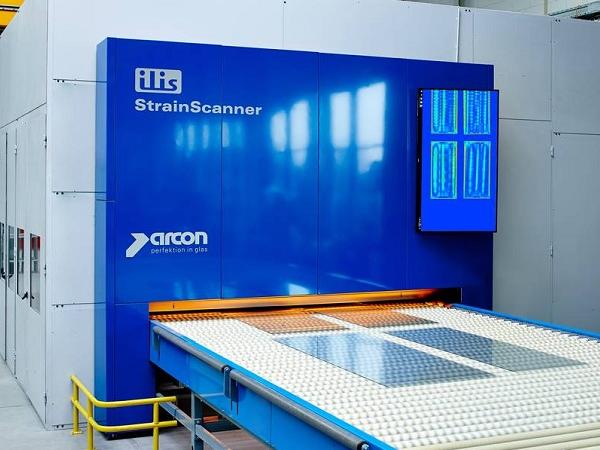 600450
600450

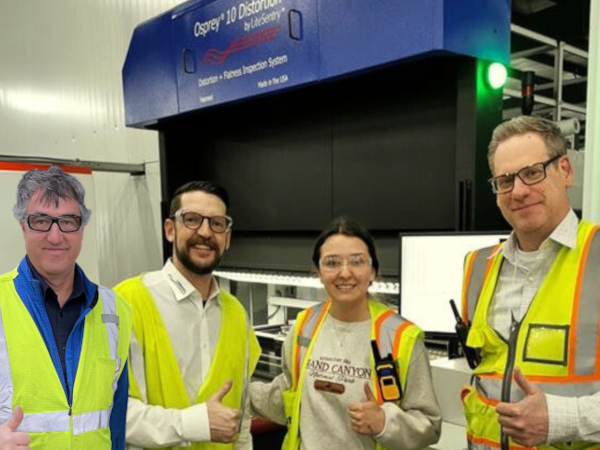
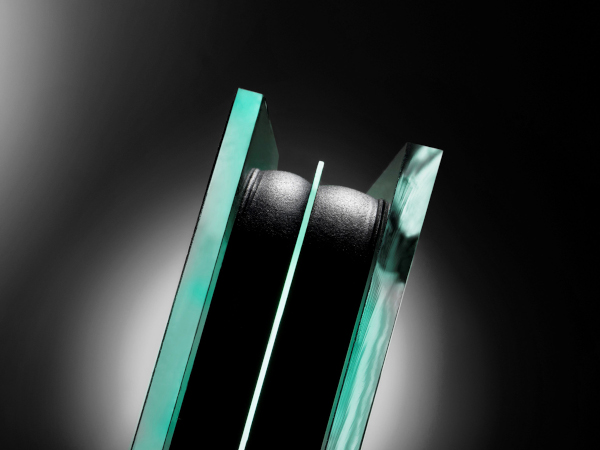


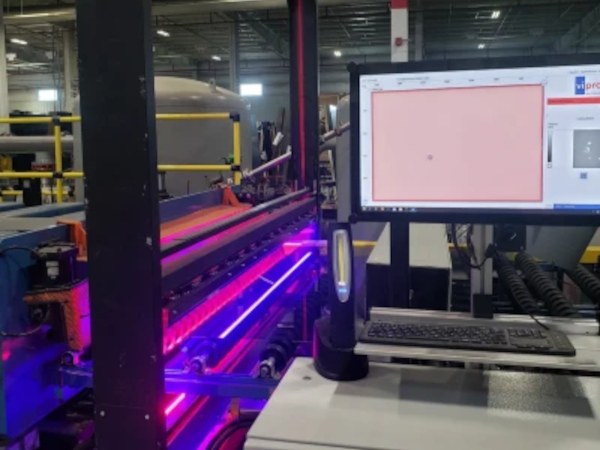














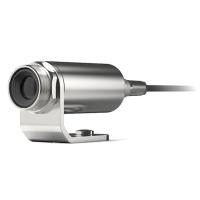
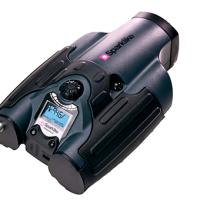
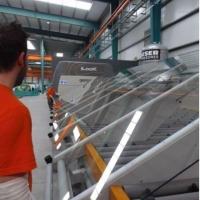



Add new comment